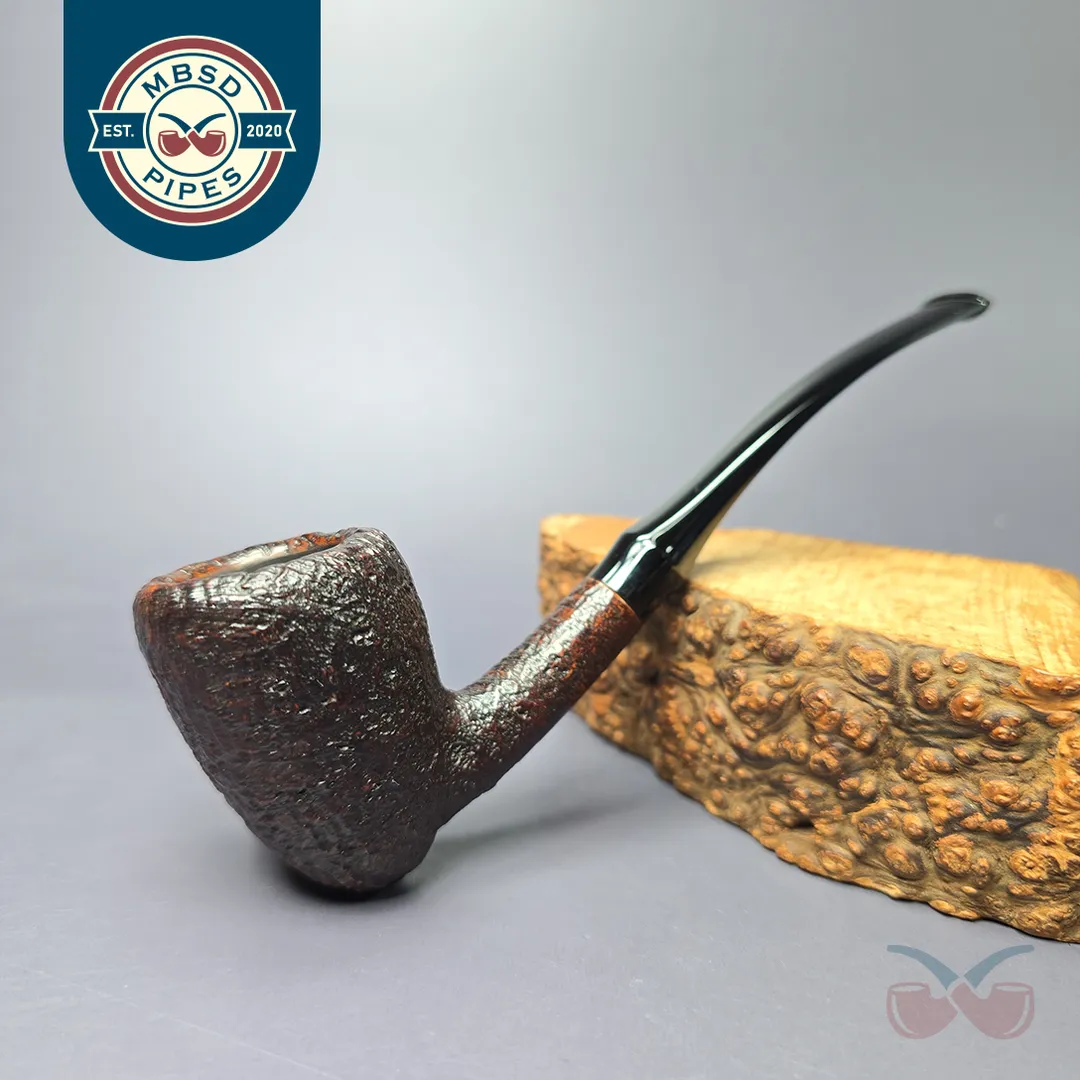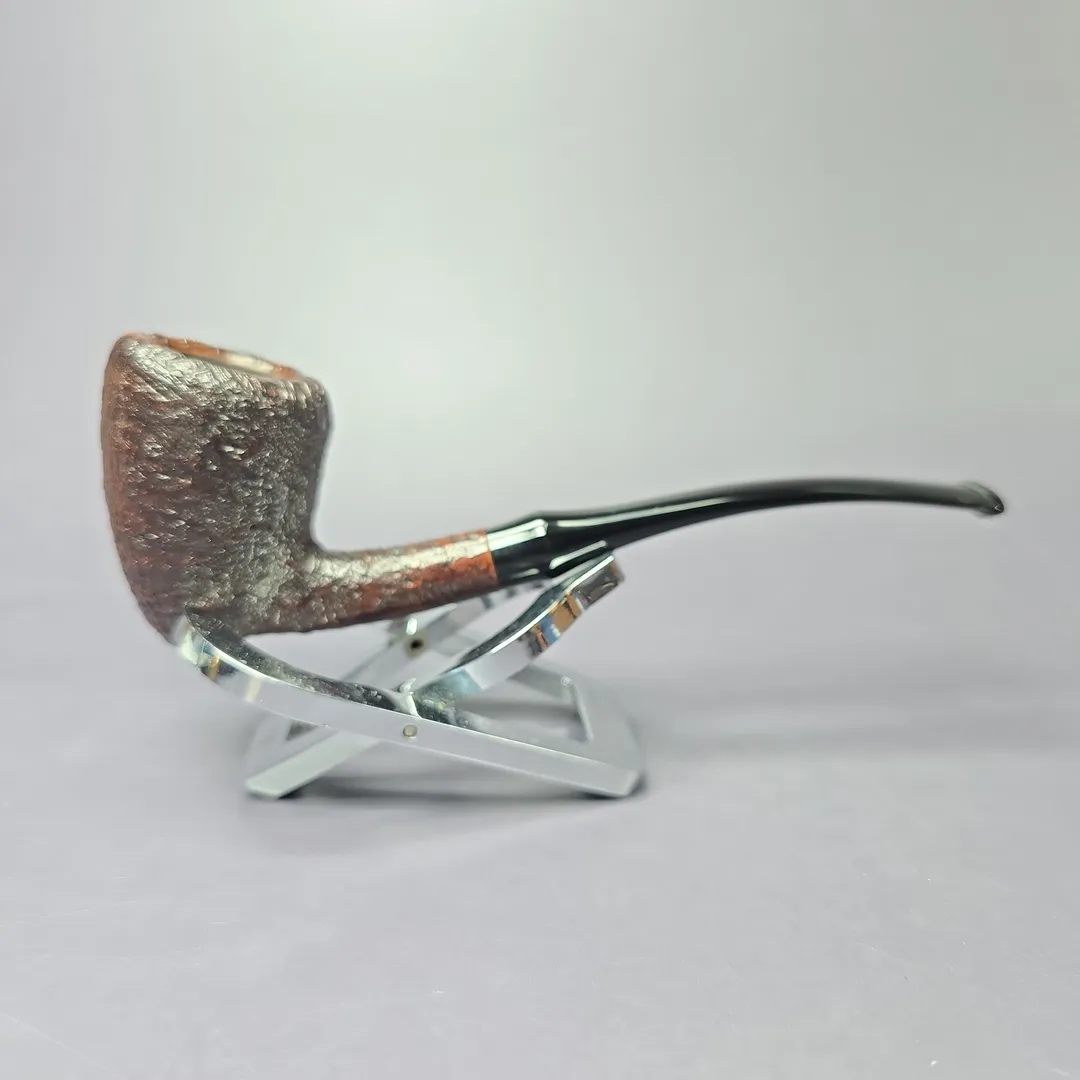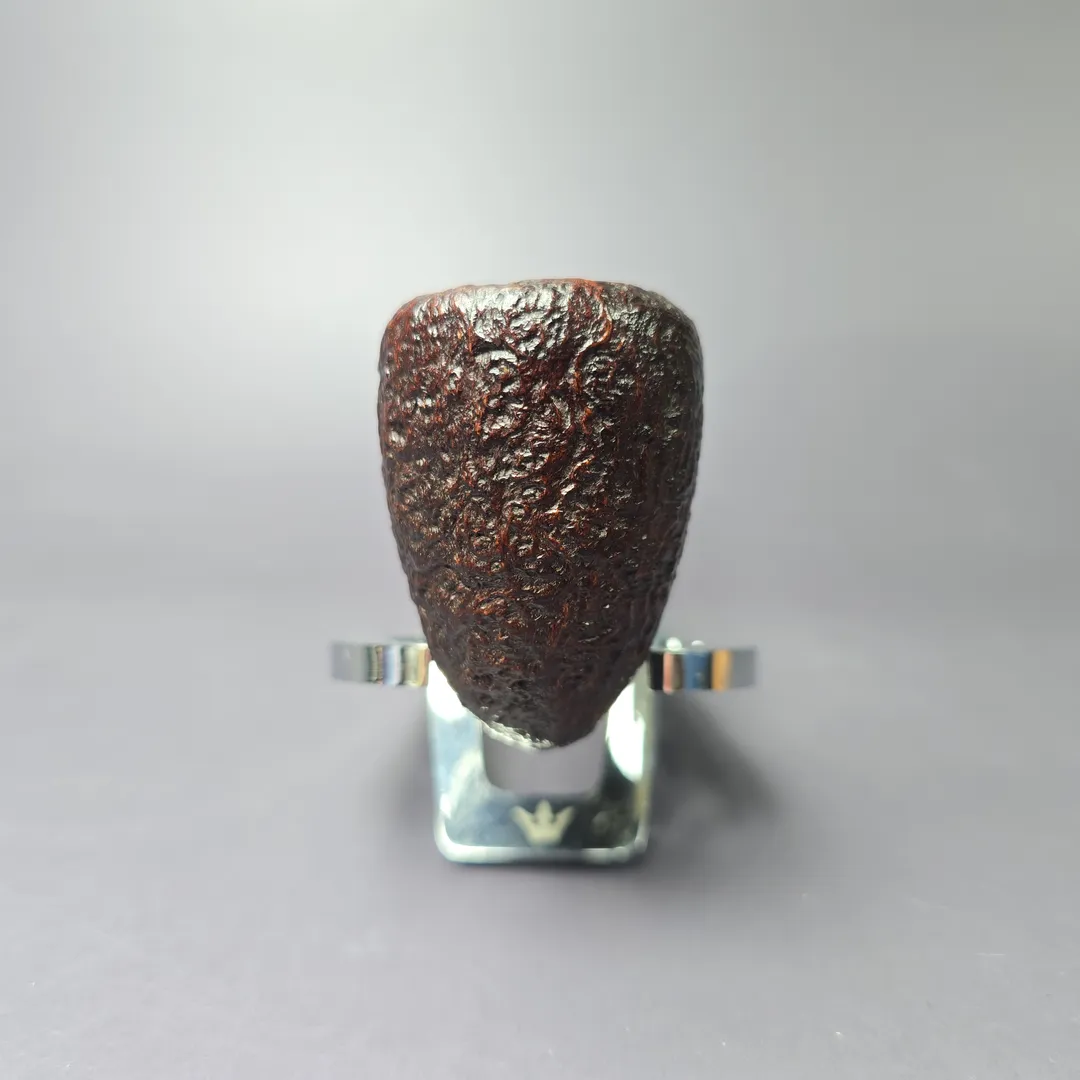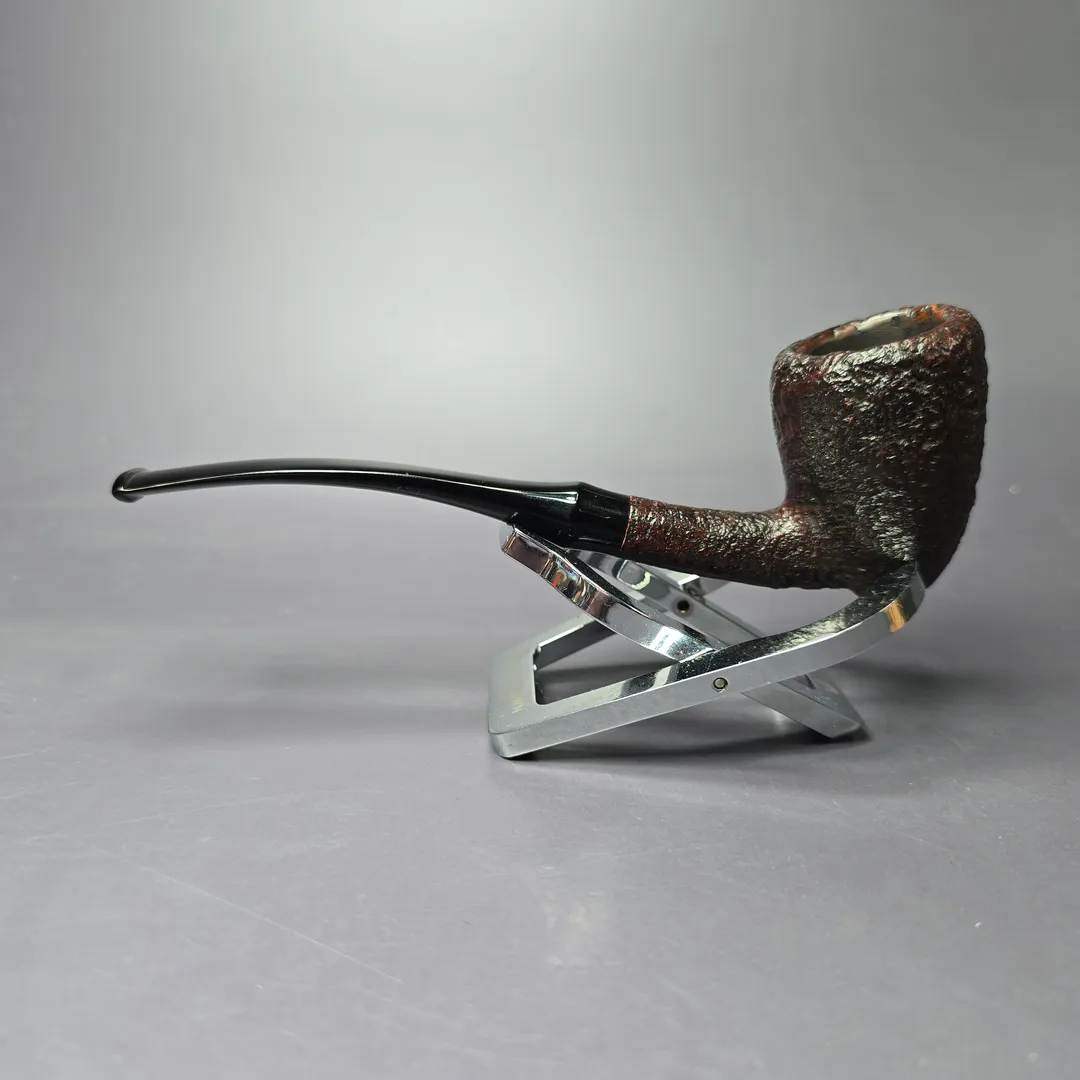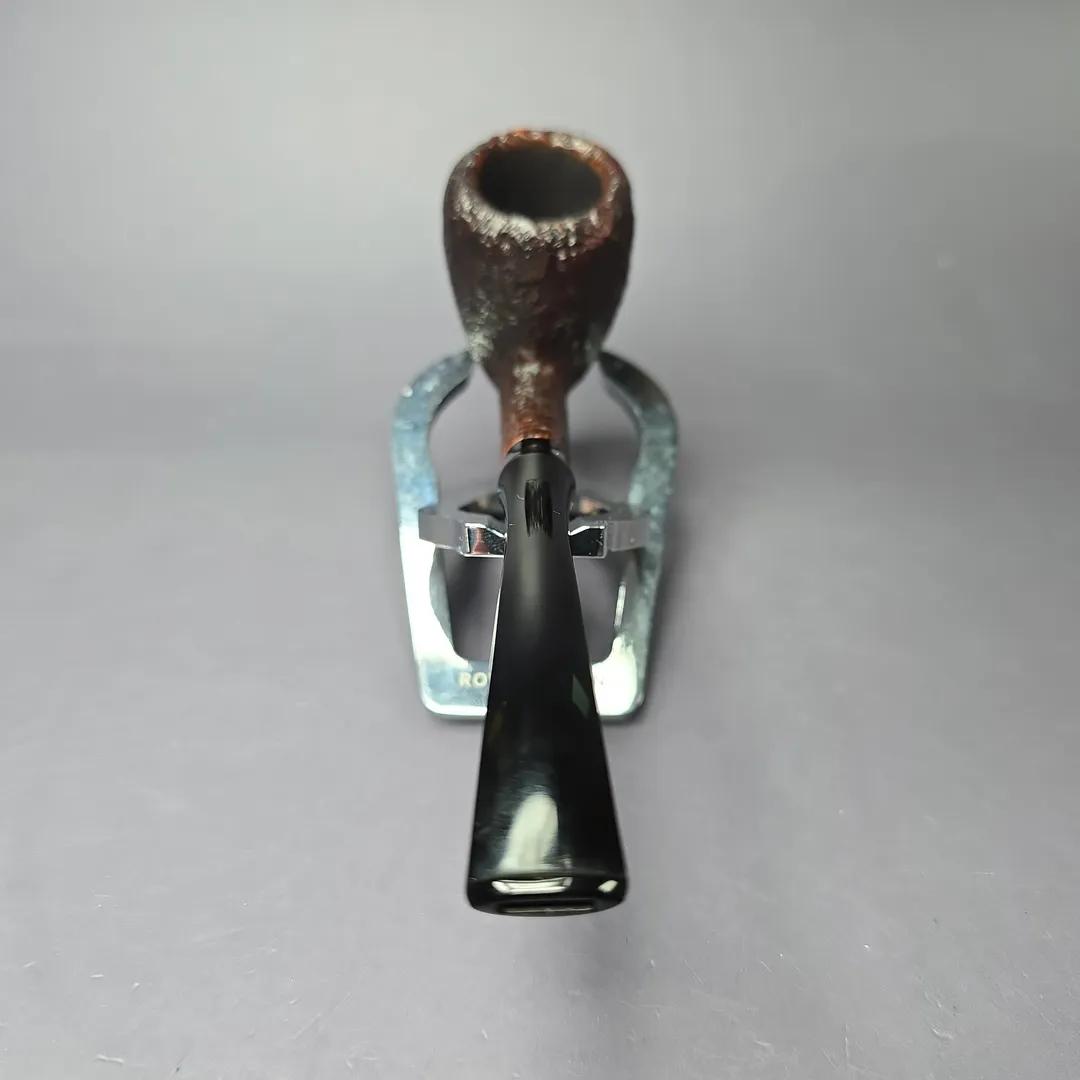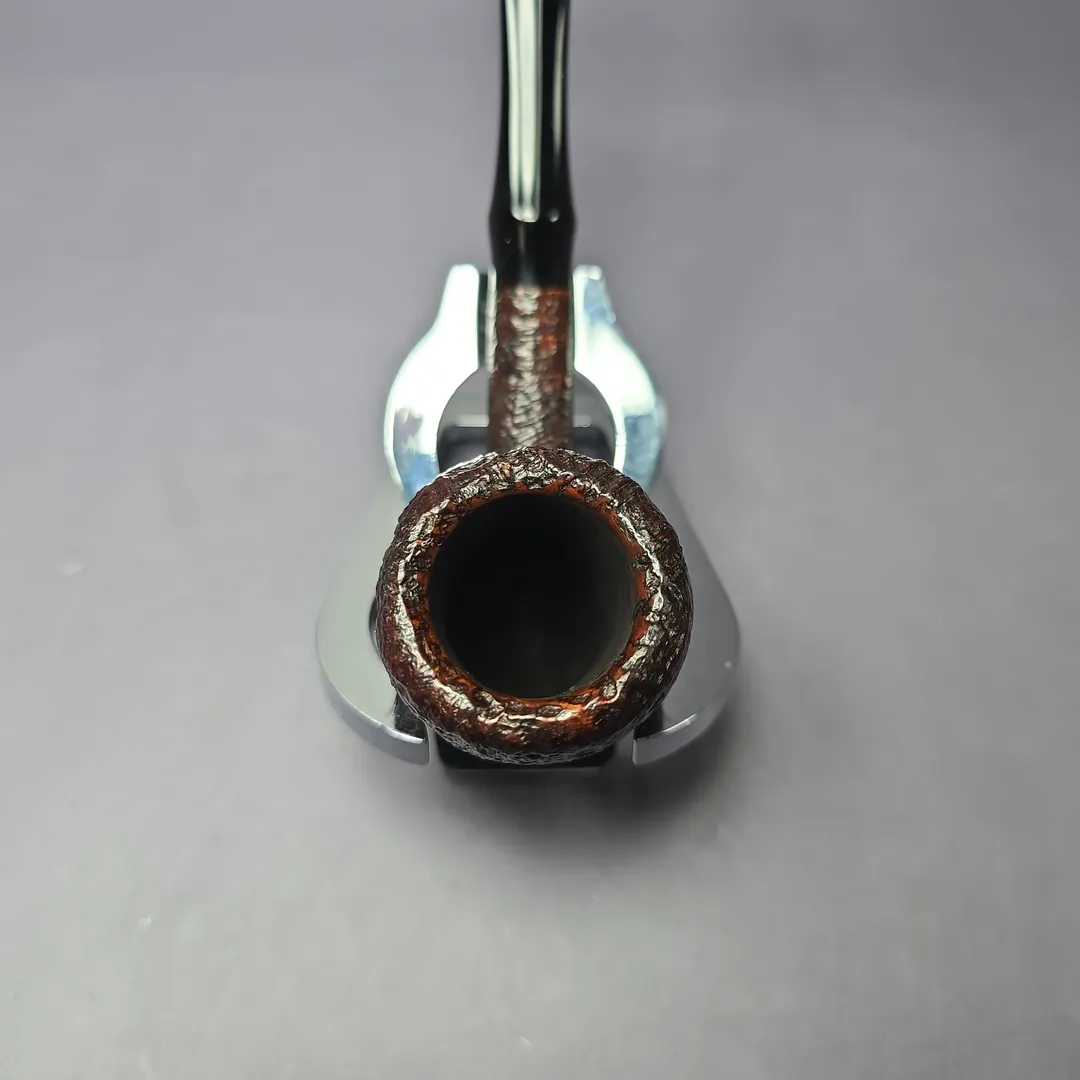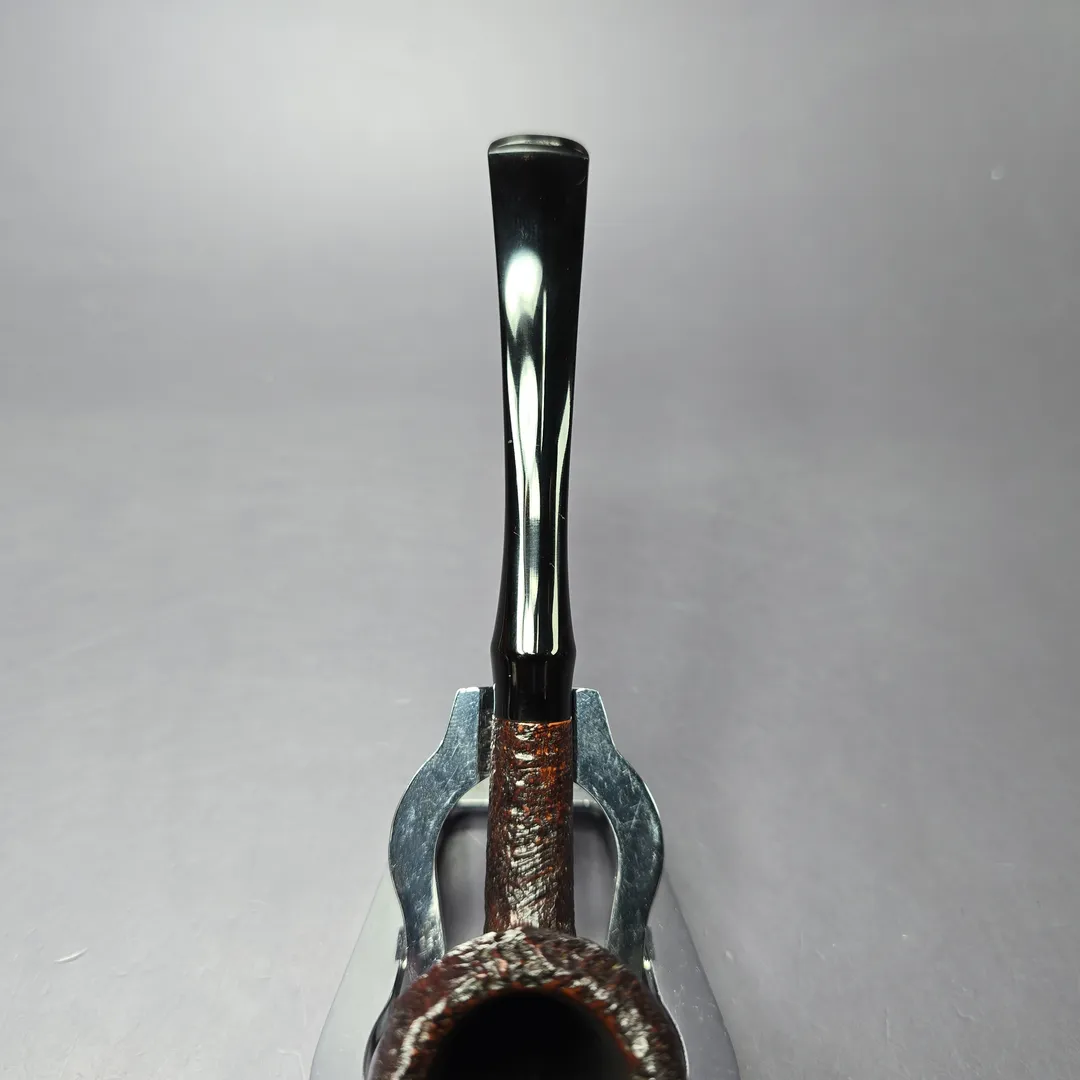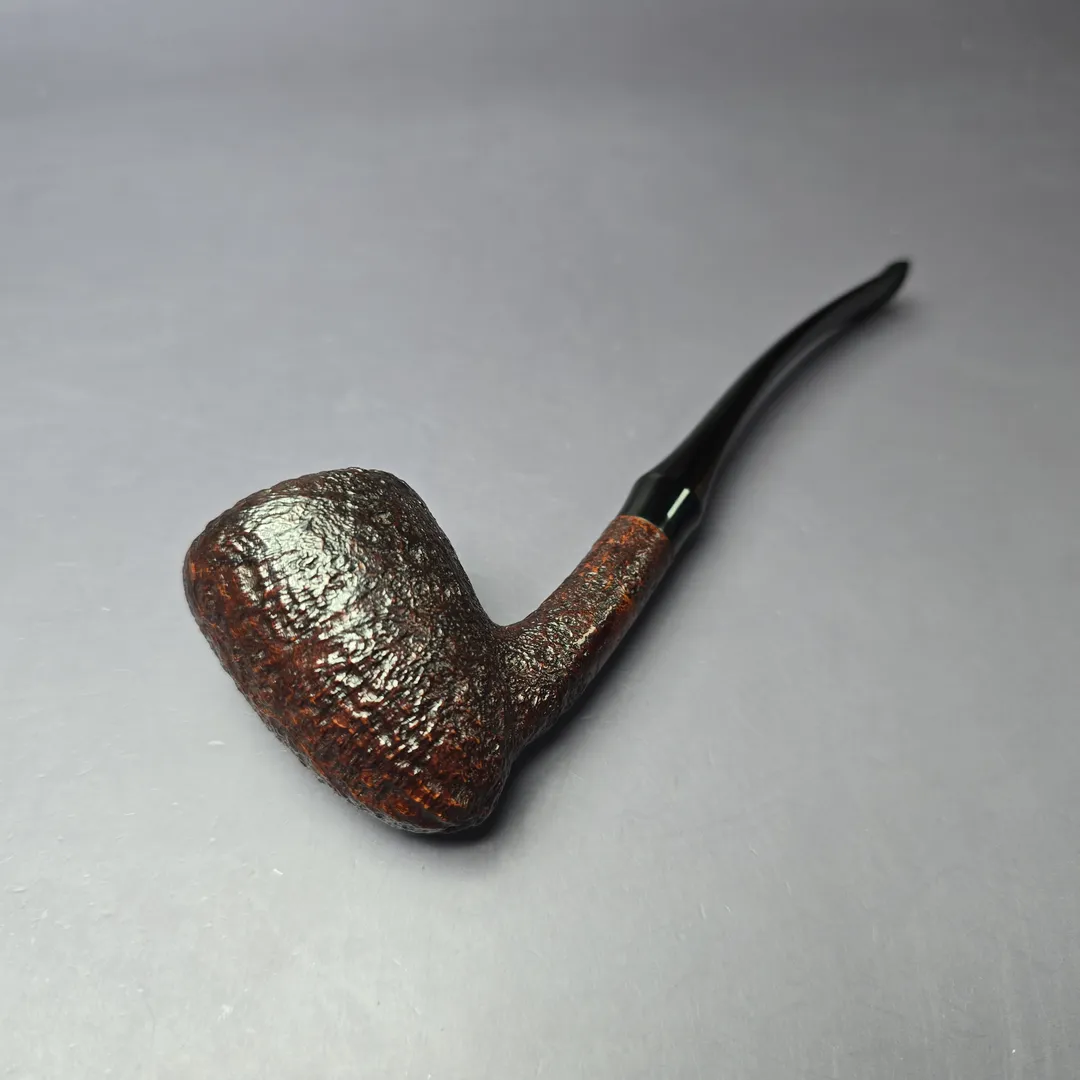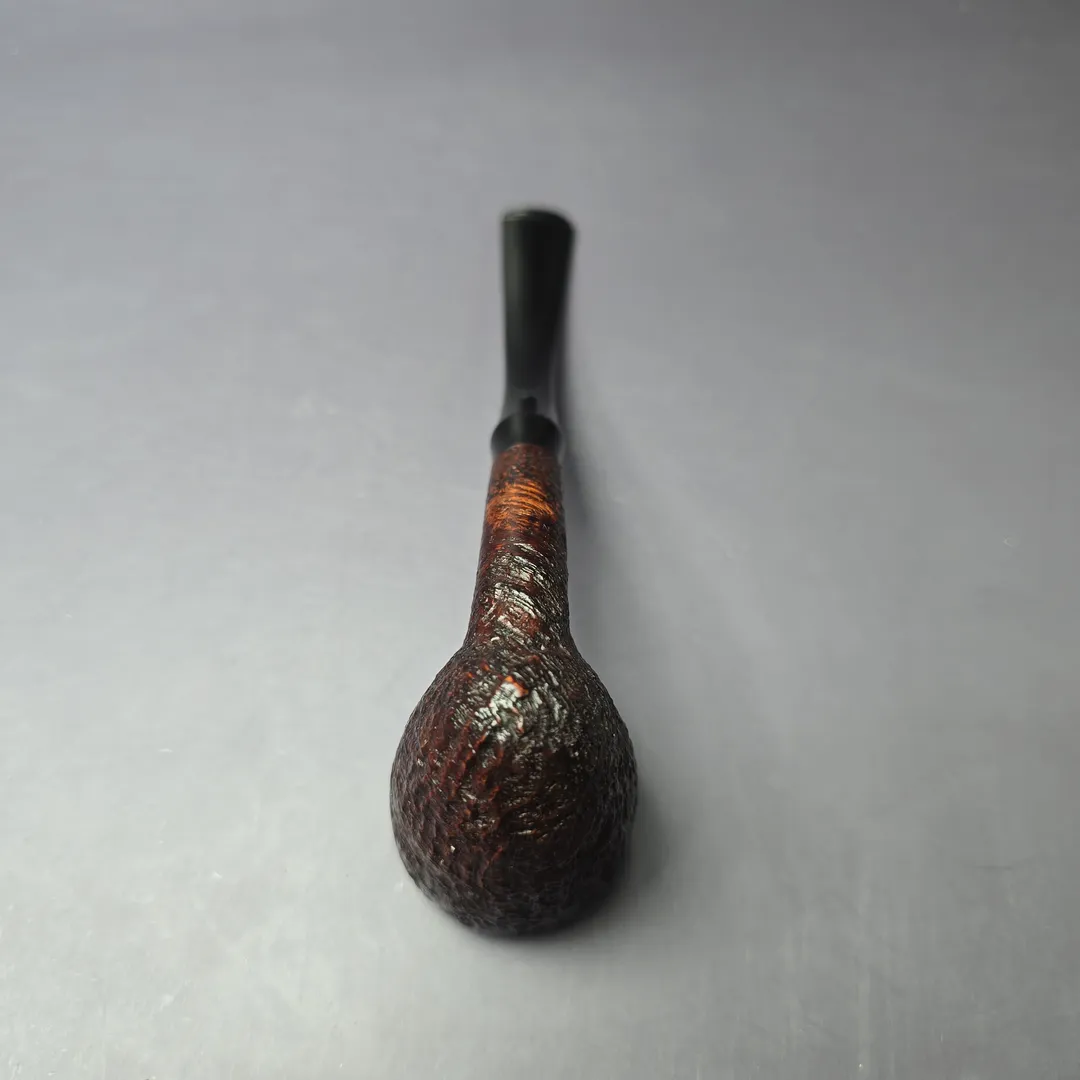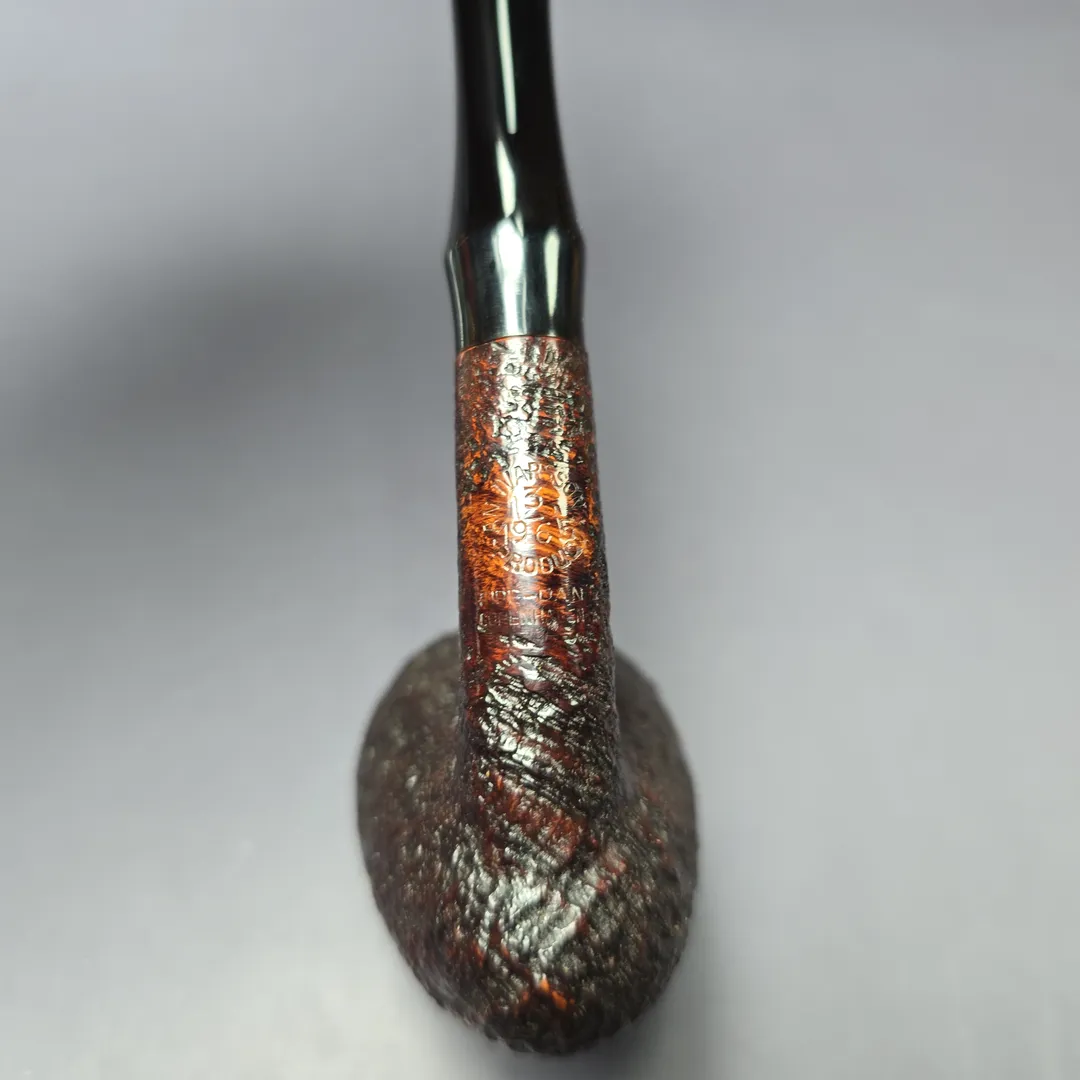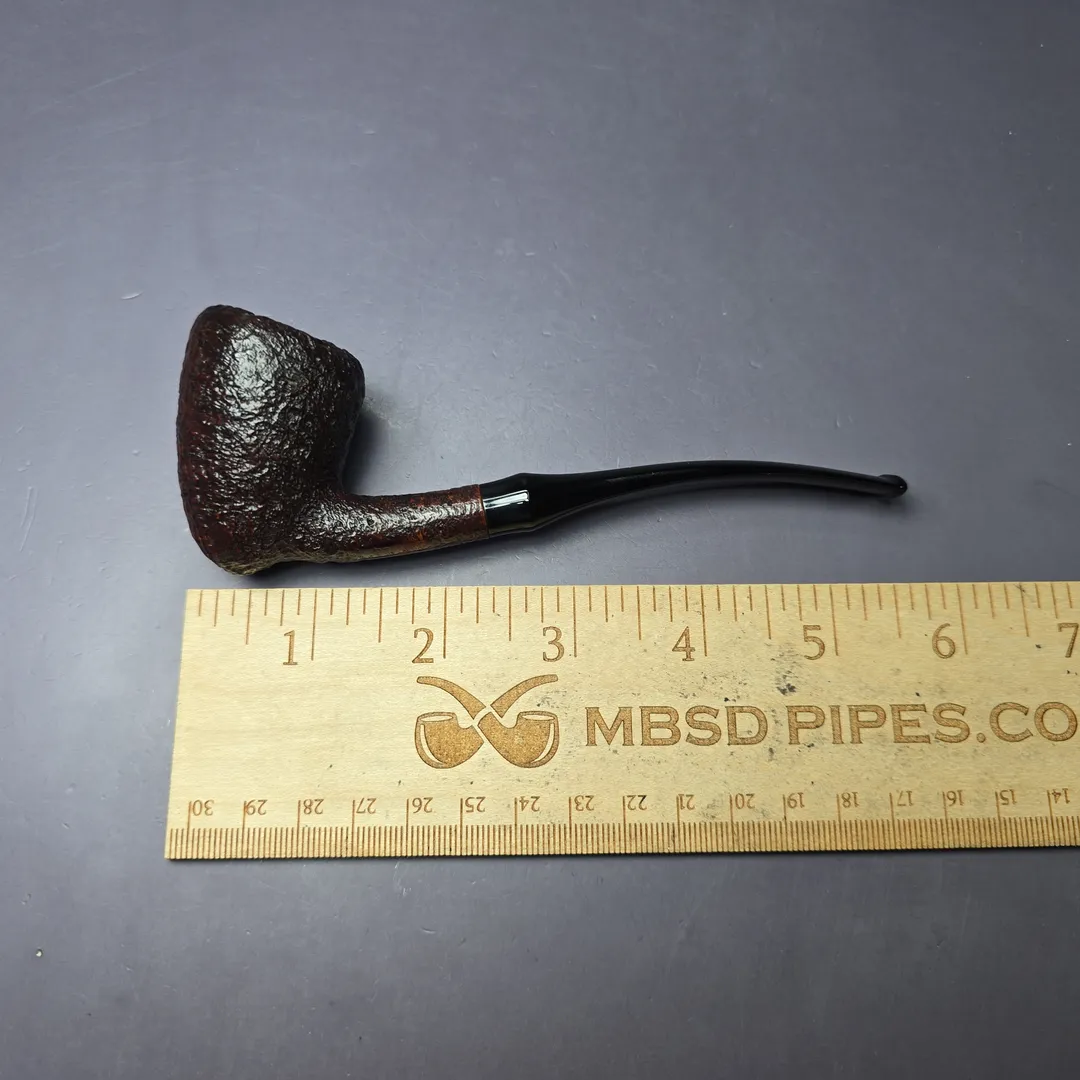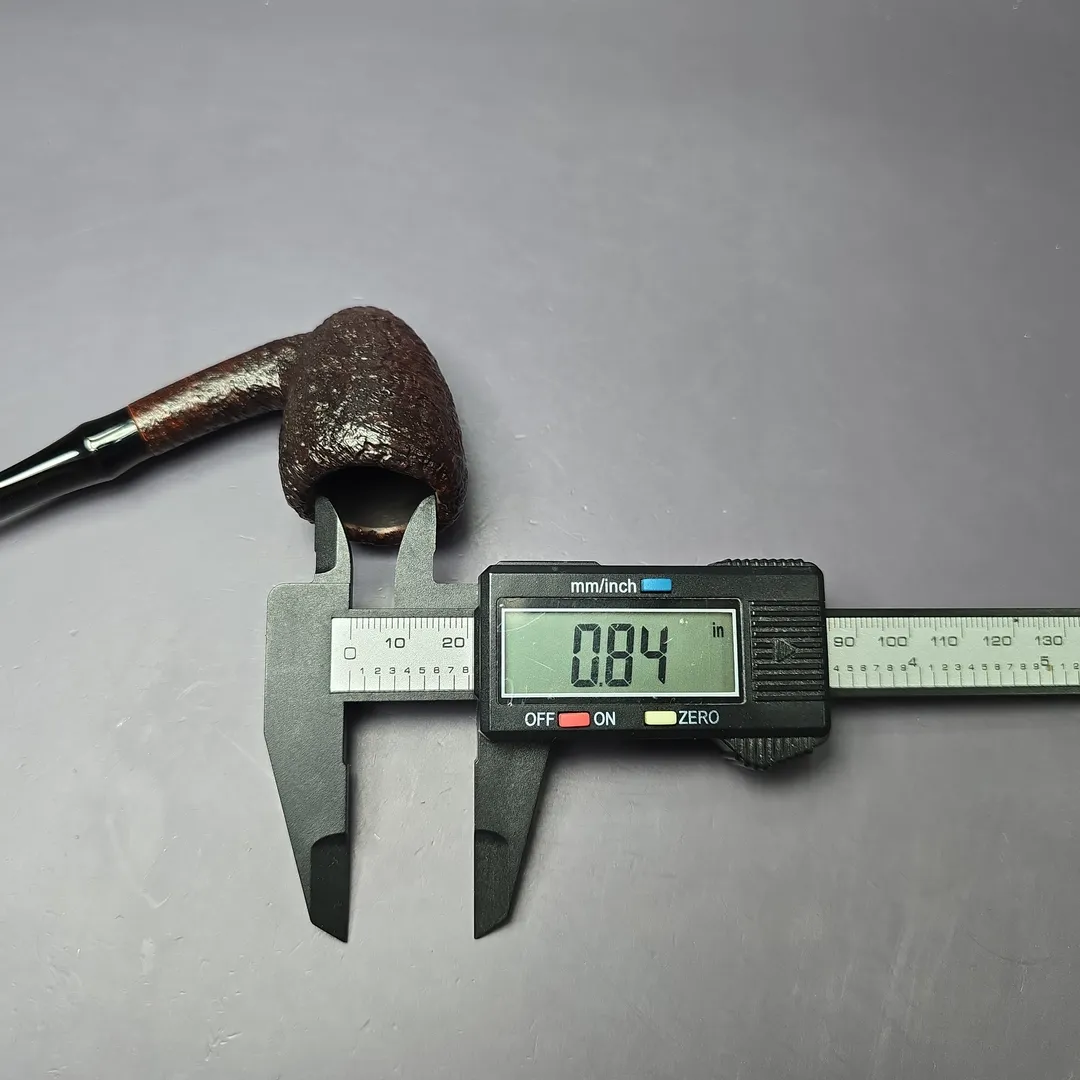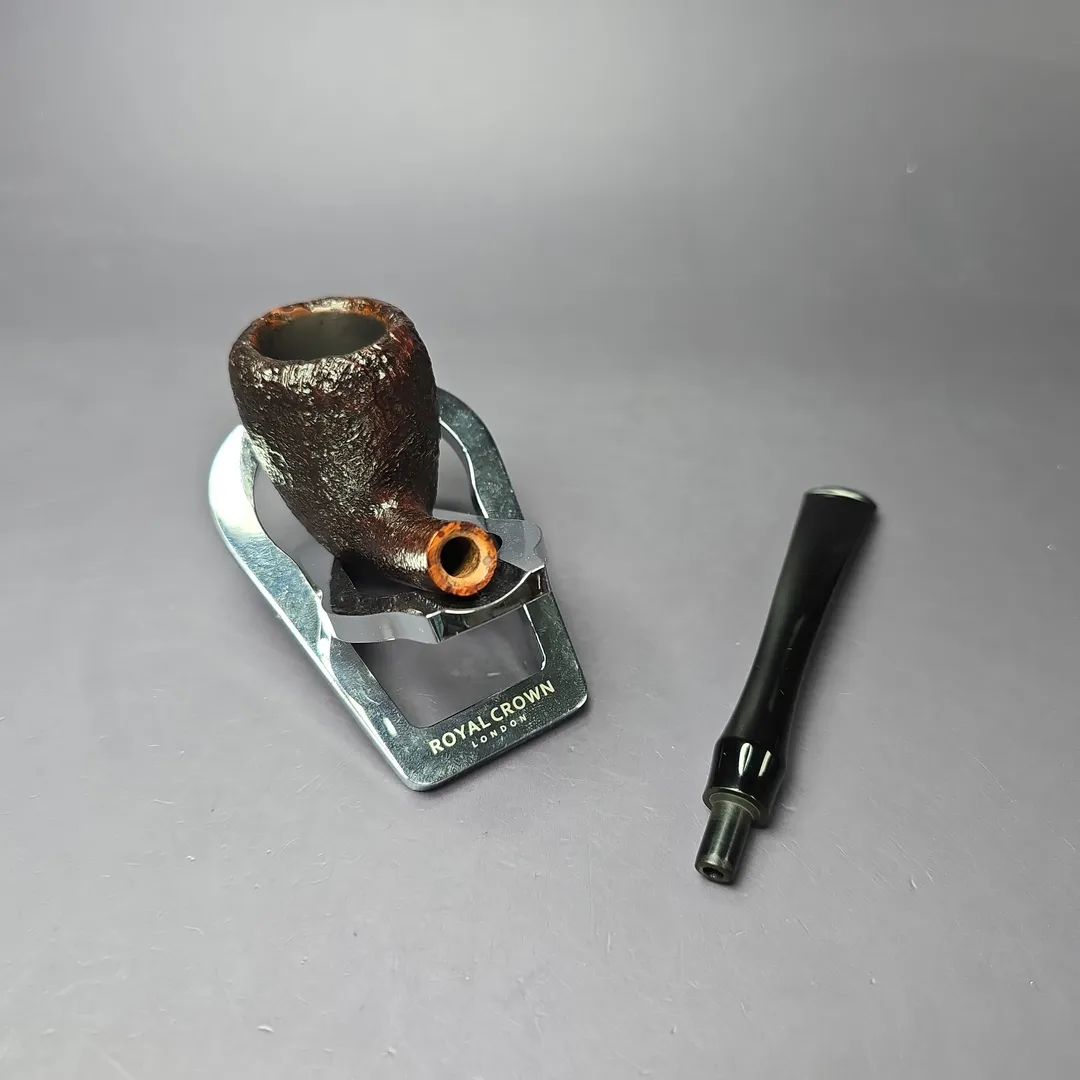Sixten Ivarsson 1965 Sandblasted Peewit Estate Briar Pipe, Danish Estates
Out of stock
Description
Though he was born in Sweden and retained his Swedish citizenship throughout his life, and though there were pipe makers in Denmark long before he arrived, Sixten Ivarsson is considered to be the father of “Danish” pipe making. After a stint as a mechanic and a debt collector, Ivarsson found himself stopping by Suhr’s Pibemageri, a pipe workshop, in need of a new stem for his pipe. The foreman was absent and the lathe was broken, so Ivarsson took it upon himself to fix the lathe and cut the stem himself. Thus began his career as a pipe repairman, then as one of Suhr’s resident pipe makers, and, ultimately its foreman. Here he had some of his first apprentices, such as Poul Rasmussen, and his first taste of fame, with his distinctive approach to classical pipe shapes attracting significant attention. This included the attention of Poul Nielsen, who ran the Stanwell pipe factory, and who had the bright idea of commissioning Ivarsson to design shapes for Stanwell pipes.
Ivarsson left Suhr’s Pibemageri in 1956, setting up his own workshop in Copenhagen, but his renown, his collaborations with Stanwell, and his “school” of apprentices would continue to grow until his passing in 2001. He became a worldwide sensation in pipe making; taught a veritable who’s who of post-war artisans, including Bo Nordh, Jess Chonowitsch, Jørn Micke, Hiroyuki Tokutomi, and his son and granddaughter, Lars Ivarsson and Nanna Ivarsson; and contributed scores of shapes for Stanwell across a nearly five-decade partnership. Today, there are few artisans who could truly claim to have not been inspired or affected by Ivarsson’s work in some way.
In some senses, the Peewit is the shape that started it all, as far as post-war “Danish,” or “Scandinavian” pipe making is concerned. As mentioned, Sixten Ivarsson initially gravitated toward renditions of classical, i.e., Anglo-French, shapes and, contrary to what one might expect, the humble billiard remained a staple within his output right until the end. But it was Ivarsson’s avian-inspired Peewit, designed at some point in the mid- to late 1950s, that marked an inflection point toward the more avant-garde forms associated with Danish pipe making today. It was also one of the first properly “Danish” (again, as it is known today) shapes licensed to Stanwell, with around half a dozen different Peewit variations appearing in Stanwell’s catalogs by 1960.
This one, made to be sold in Denmark’s other great pipe house, Pibe-Dan (later Pipe Dan), is a quintessential Peewit, closest in form to the Stanwell shape 30. Slender and lightweight, it features the Peewit’s signature, bulbous bowl and protruding “heel” (something even Stanwell would often fail to properly capture), along with a long, slightly flared black ebonite stem, and an understated dark sandblast finish. It is the shape that sailed a thousand ships, as the saying goes, with just about every major artisan in more recent history having made at least one in their career.
The condition is very good and remarkable for its age. Some darkening and general wear to the rim and a slightly over-buffed stem at the base.
Details:
Length: 5.5″ / 139.7mm
Bowl Width: 0.84 / 21.33mm
Bowl Depth: 1.58″ / 40.13mm
Weight: 0.8oz / 24g
Additional information
| Weight | 15 oz |
|---|
| Condition | Used |
|---|---|
| Notes | Restored. |

